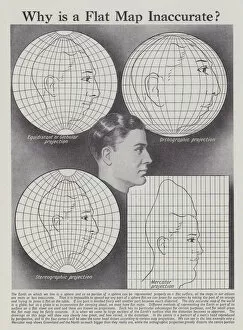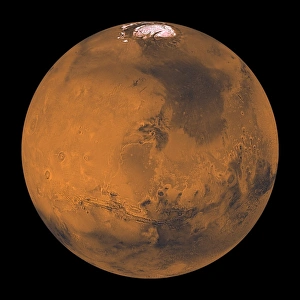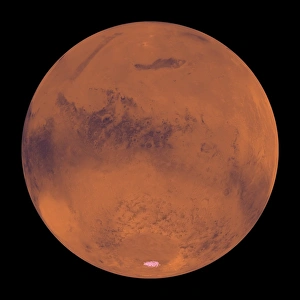Orthographic Collection
Exploring the vastness of our celestial neighbors, orthographic projections offer captivating insights into planetary landscapes
All Professionally Made to Order for Quick Shipping
Exploring the vastness of our celestial neighbors, orthographic projections offer captivating insights into planetary landscapes. While a flat map may seem convenient, it fails to capture the true essence of these extraterrestrial wonders. Take Mars for instance, its intricate topography and diverse geological features are flattened on a two-dimensional representation, concealing the grandeur that lies beneath. Similarly, when we examine The Far Side of the Moon or Venus centered on the South Pole through an orthographic lens, we unlock hidden secrets that would otherwise remain obscured. Through global color views of Mars or mosaics showcasing its enigmatic surface, we witness a world teeming with mysteries waiting to be unraveled. Each glimpse reveals new possibilities and fuels our curiosity about this red planet's past and future potential. Venturing further into space, Saturn's moon Dione beckons us with its ethereal beauty while reminding us of the countless moons yet to be explored. Meanwhile, mosaic images grant us access to lunar regions like never before - from the north polar region to breathtaking nearside vistas. Orthographic projections allow us to appreciate these cosmic marvels in their entirety by centering Venus on both poles. This unique perspective unveils uncharted territories and encourages speculation about what lies beyond our current understanding. Orthographic hints provide invaluable glimpses into worlds far removed from our own. They remind us that despite their inaccuracies as flat maps fail to convey depth and complexity; they ignite our imagination and inspire further exploration of distant realms awaiting discovery.












